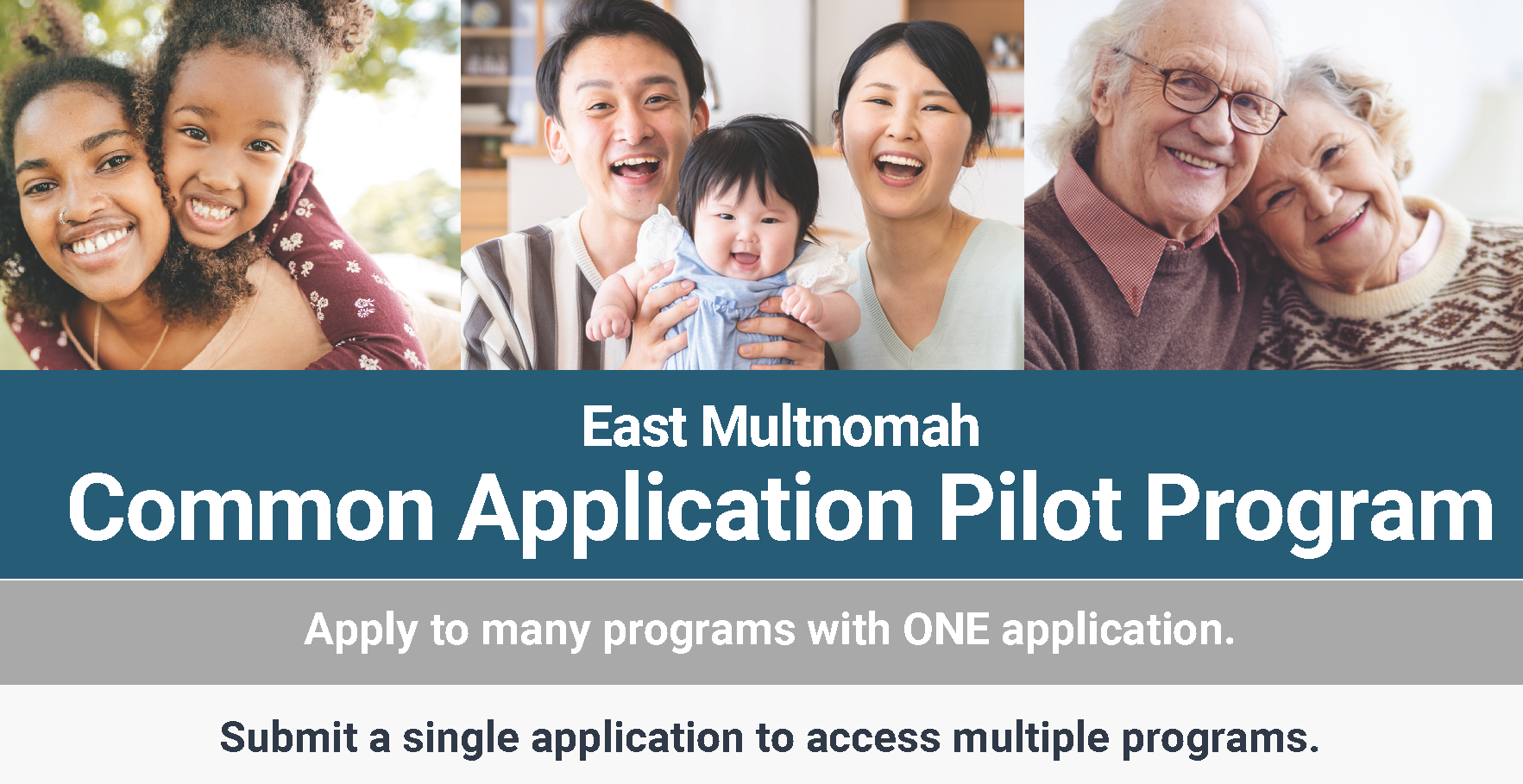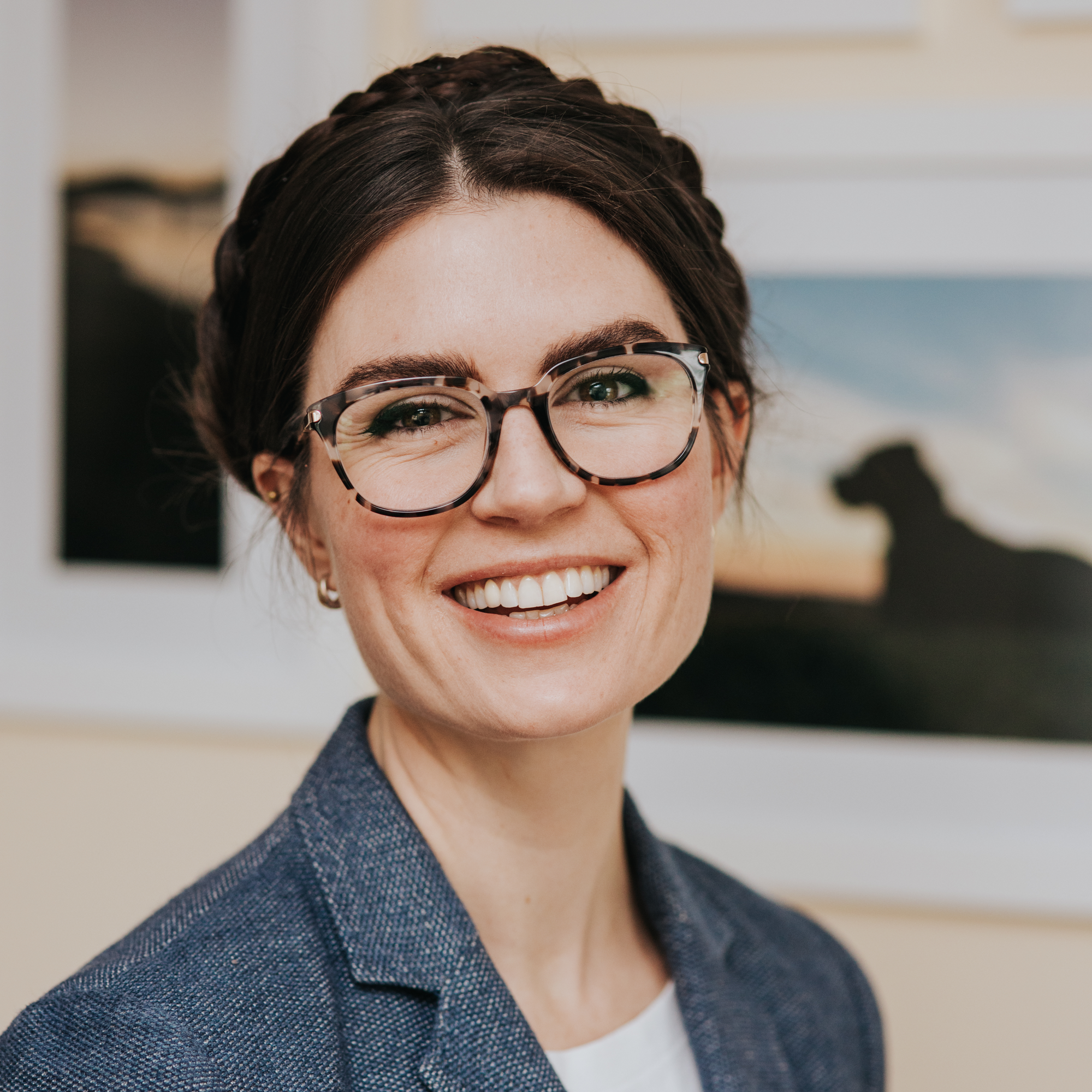- March 20, 2023
- Health and Human Services
A global pandemic centered around a highly contagious respiratory virus; not the ideal time to lose health care coverage. Yet thousands of Idahoans were unceremoniously dropped from Medicaid, thereby losing their health insurance, during the first two years of the COVID-19 pandemic according to an investigation from NPR. State officials maintain that the main reason for dropping over 9,000 beneficiaries was the inability to get in touch by mail. Yet the US Centers for Medicare and Medicaid Services (CMS) maintained that after physical mailers about coverage were returned as undelivered, the state should have done more to contact the beneficiaries and confirm they still needed coverage in Idaho.
Unfortunately, this issue isn’t new — the “inability to reach Medicaid enrollees has been a long-standing problem” thanks to paperwork mailed to the wrong address and the slow move to digital communications for benefits. This situation has dire implications for the millions of Americans who rely on Medicaid and other entitlement programs to access basic health care, purchase food for their families, and live independently with a disability.
“I went to five different websites before I got to the application.” Layan Ammouri, policy director for Multnomah County Commissioner Lori Stegmann, wanted to test how easily residents could enroll for local benefits. Commissioner Stegmann represents the East Multnomah region, one of the most racially and ethnically diverse areas of the county. “With a diverse cultural population folks get lost in the process,” she said, “if they even know these opportunities exist.” For Ammouri, visiting multiple websites to even locate a specific benefit application was part of a larger issue.
Stegmann and Ammouri are working on a broad initiative, based on feedback from the community. The initiative focuses on East Multnomah, a racially diverse area of the county, and home to many low-income residents. To identify how to best support locals, Stegmann and Ammouri hosted a series of conversations that brought together community-based organizations, resident groups, and local government agencies. From these meetings, Stegmann’s team broke out three pillars of resiliency: social, digital, and physical.
The digital component focused on accessibility, in particular the hard-to-find benefit applications. This accessibility need became the cornerstone goal for the benefit application work—to make it easy to find and apply for what residents were qualified to receive. Ammouri says they wanted to “reduce the number of web pages or sites needed residents have to visit,” to even get to the applications for services.”
Ammouri and her colleagues decided to start small. Enlisting the assistance of the local community organizations and advocacy groups, the team ranked the top several services used by East Multnomah residents. After determining the most common benefit services and reviewing all the different applications, Ammouri and the team at Forward, who developed the platform, whittled down the repetitive and unnecessary questions created two main applications; one for seniors and one for families. “We got it down from 84 questions to 19 for parents and family services, and from 70 to 17 for senior benefits,” she said.

As shown in the image, shared by Ammouri, there are three programs under the common application for parents and families, two under the application for seniors, and one program — the Connected Communities Program through Easter Seals Oregon — that applies across both groups. These applications are accessible by following QR codes, a simple short link, or with in-person assistance at various community partner orgs. Each application can also be accessed in 60 languages. East Multnomah’s team worked with the platform Forward, which displays the simplified enrollment applications on the front end and managed the information submission on the back end.
Currently the pilot covers the benefits shown above, which are local to the county, and is focused on East Multnomah residents. Stegmann’s team is hopeful that the pilot will serve as proof of concept and – with the support of the county and its pilot project – help residents identify and receive the benefits for which they qualify. An expansion would include more benefits that are at the state or local level. However, the pilot is already assisting multiple groups across East Multnomah; by having a streamlined application that connects with several benefits, residents are not only able to sign up or renew existing coverage, but also connect to the full spectrum of benefits they’re eligible for.
This pilot is coming at a crucial time as additional benefits enacted during the early months of the pandemic are coming to an end. And many of the normal benefits are still being left on the table due to the multiple, repetitive applications required for each. According to the Kaiser Family Foundation, the “majority of the 27.4 million people who remained uninsured in 2020 are already eligible for financial assistance for coverage through Medicaid/the Children’s Health Insurance Program (CHIP) or the Marketplace.” Streamlined, efficient applications that connect people to multiple benefits have proven successful. East Multnomah is taking an important, compassionate step forward with this pilot.



 Stephen Goldsmith is the Derek Bok Professor of the Practice of Urban Policy at the Harvard Kennedy School and the
Stephen Goldsmith is the Derek Bok Professor of the Practice of Urban Policy at the Harvard Kennedy School and the 

